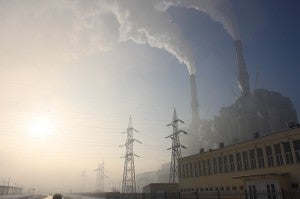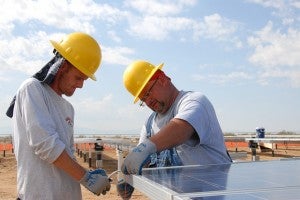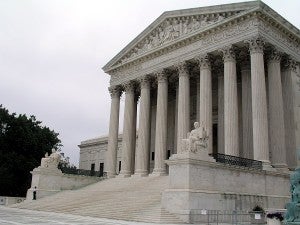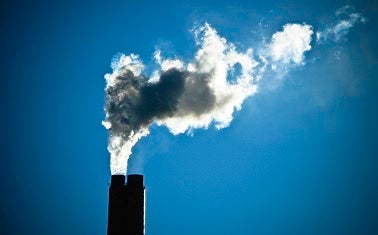 Too much ink has been spilled on the anti-climate furor of the Koch brothers. If we lose on climate, it won’t be because of the Koch brothers or those like them.
Too much ink has been spilled on the anti-climate furor of the Koch brothers. If we lose on climate, it won’t be because of the Koch brothers or those like them.
It will be because too many potential climate champions from the business community stood quietly on the sidelines at a time when America has attractive policy opportunities to drive down economy-endangering greenhouse gas emissions.
Corporate executives have the savvy to understand the climate change problem and opportunity. They have the incentive to tackle it through smart policy, and the clout to influence politicians and policy makers. Perhaps most importantly, they can inspire each other.
And today, they have a chance to do what they do best: lead. Corporate climate leadership has nothing to do with partisanship – it’s ultimately about business acumen.
For starters, here are three immediate opportunities smart companies won’t want to miss. Read More














